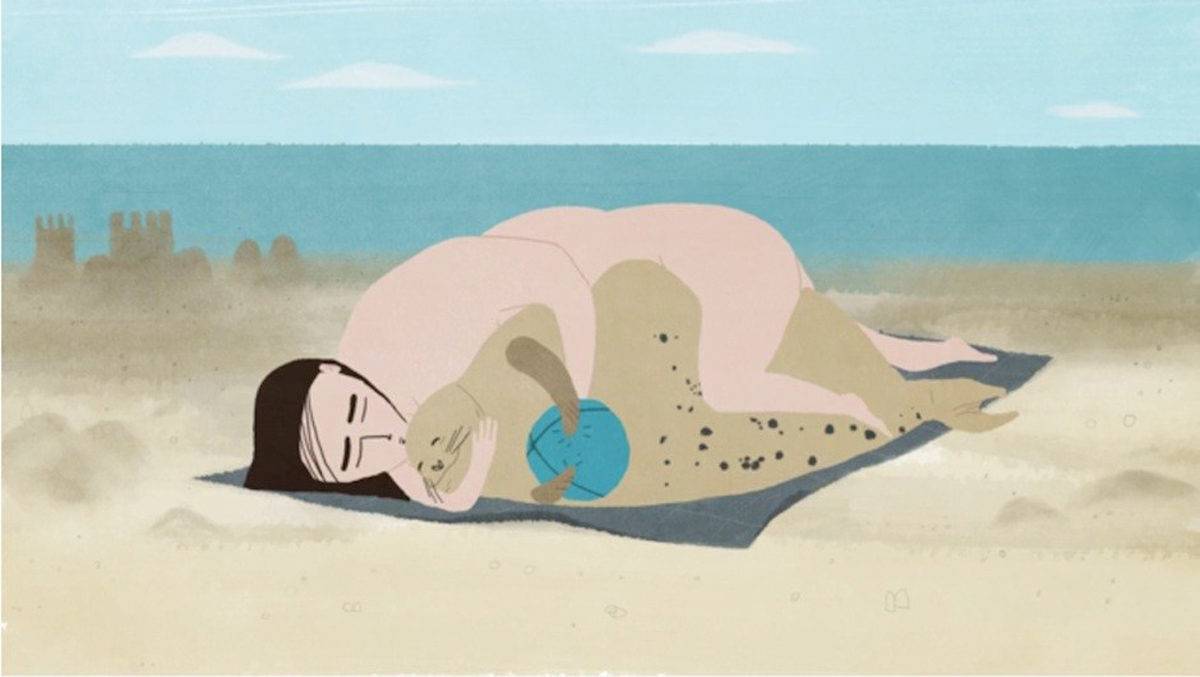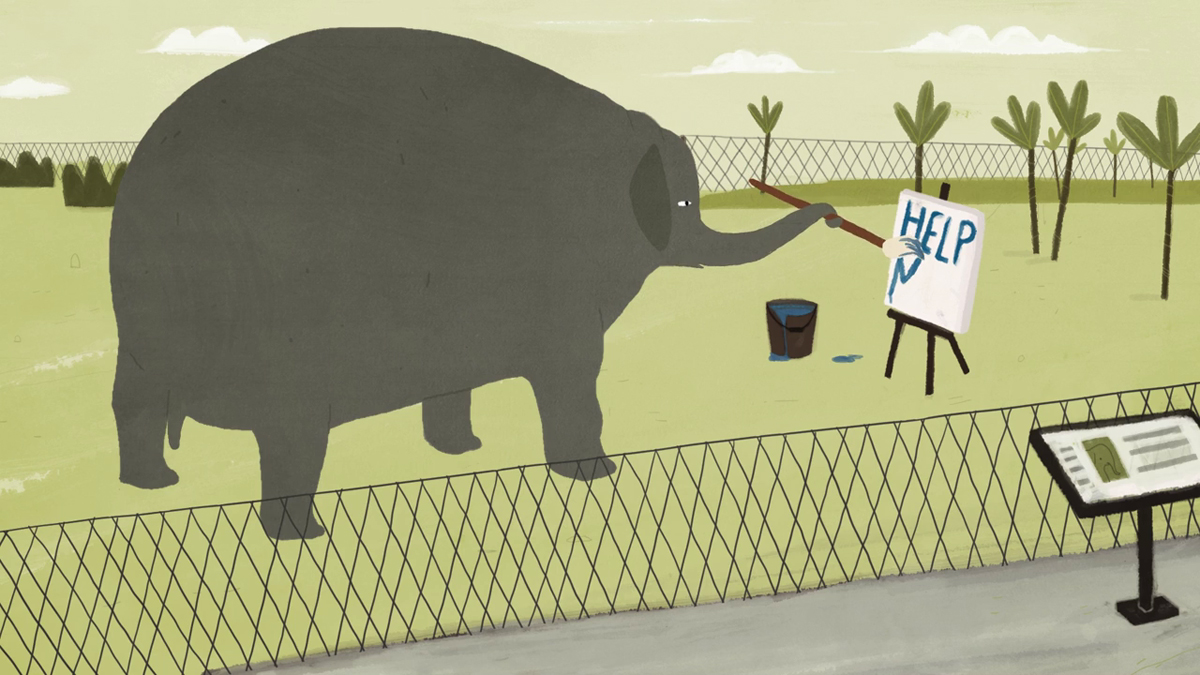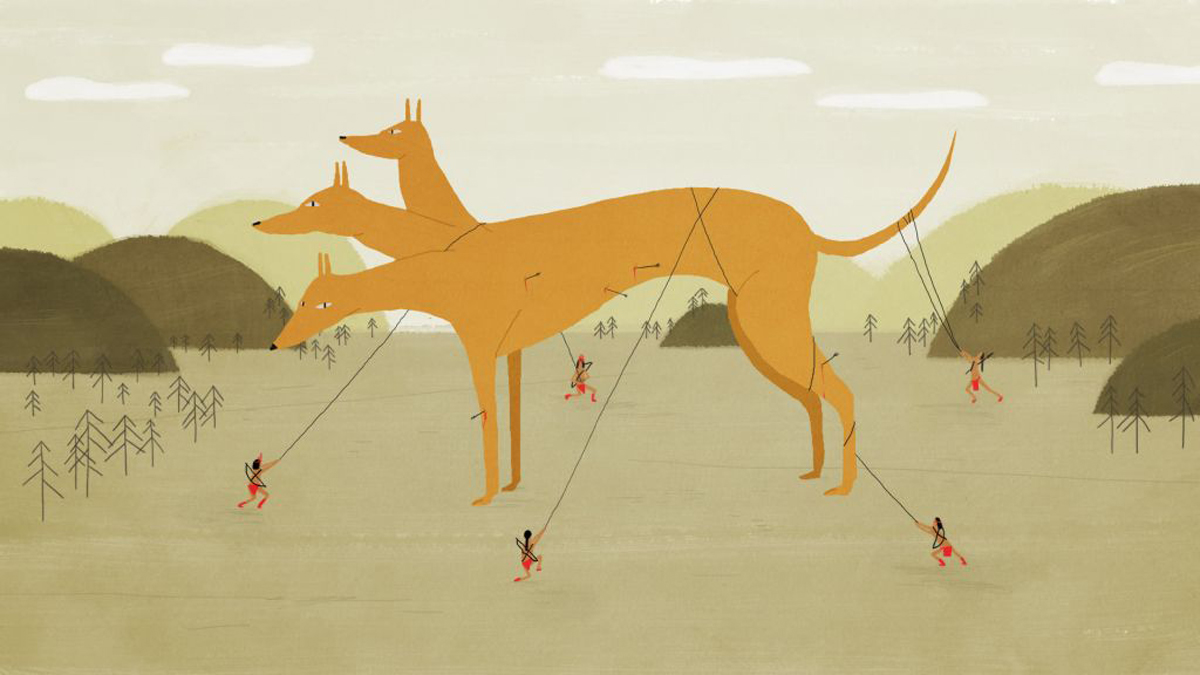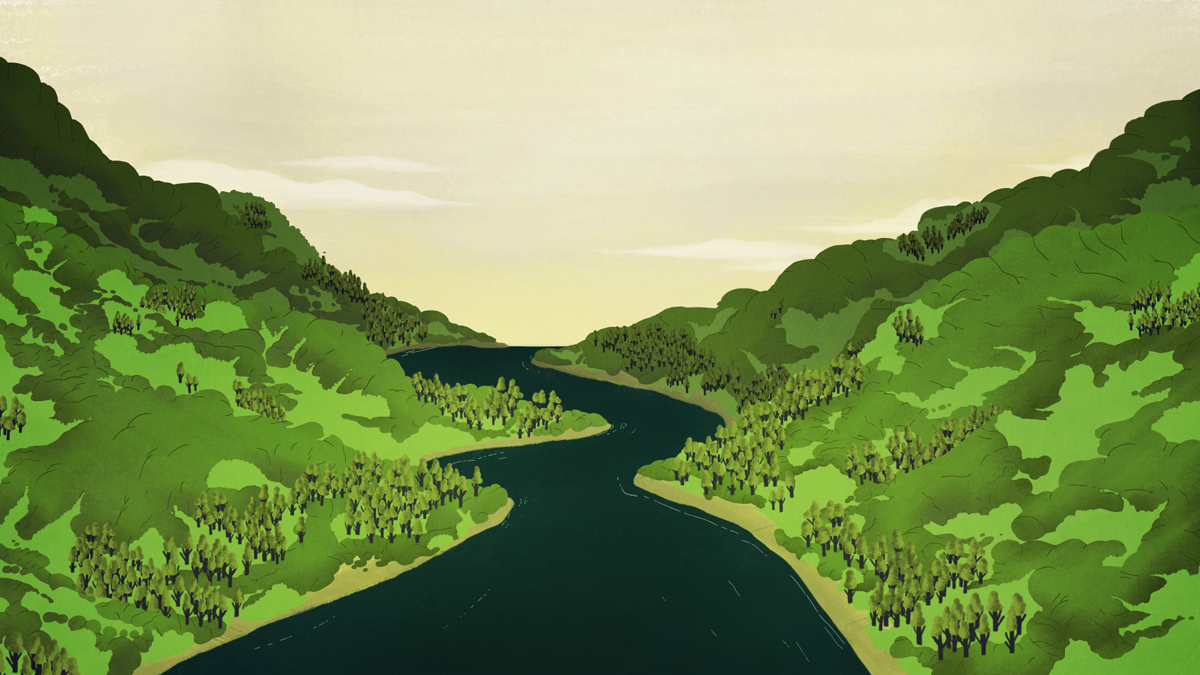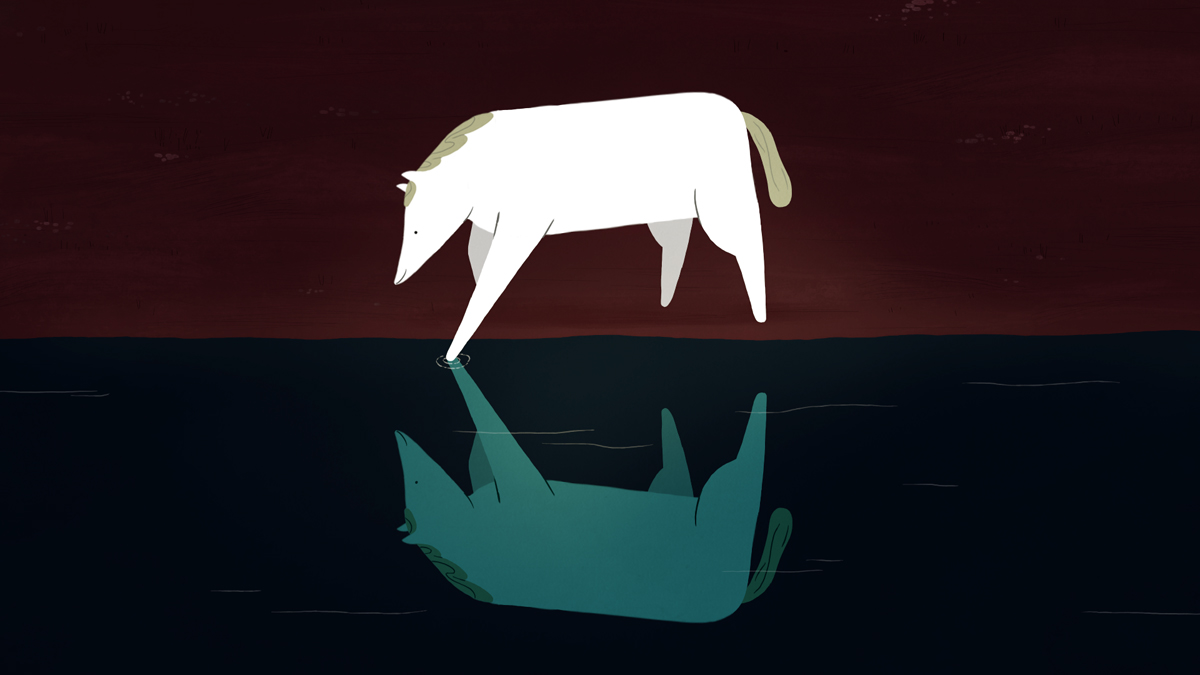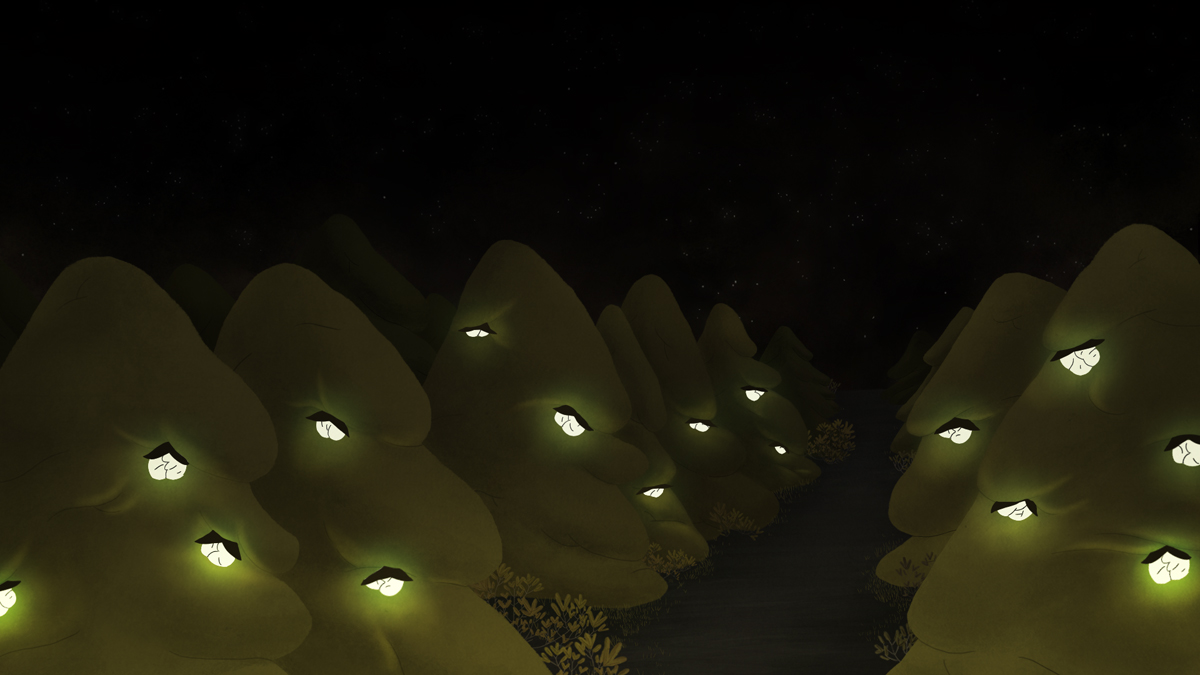Réka Bucsi — New East 100
In 2015 Hungarian animator Réka Bucsi decided to dedicate her next short to love — but not in the way you would expect. For starters, the film takes place in a distant solar system. What’s more, the planet it’s set on is undergoing unprecedented change, affecting the species who live upon it in strange ways. The film is broken into three chapters: Longing, Love, and Solitude. Besides giving us insight into intimacy at a time of cataclysm, Love teaches us an important lesson in storytelling, cultivated by many avant-garde artists of the past — that art is about abandoning everything you know and trying something truly unexpected.
Bucsi’s talent lies in using the short film format to unpack complex, universal questions in unpredictable ways. Her first creative endeavour, Symphony No. 42, which consists of 50 seemingly unconnected sketches, begins rather suddenly with a fox committing suicide, a scene we later return to in an amusing twist reminiscent of Schrodinger’s cat. It’s a film that will have you rewatch it as soon it’s over, to see if there was any meaning behind the random sequence. Bucsi made Symphony No. 42 during her graduate year studying at the Moholy-Nagy University of Art and Design Budapest, an impressive feat given that it was shortlisted for an Oscar shortly after.
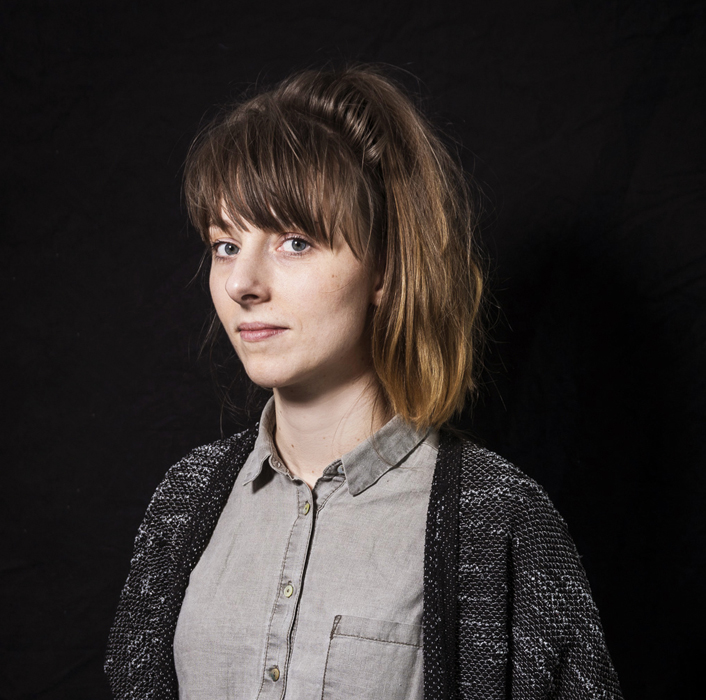
With every new project, the animator tries to attempt something wholly new. “I’m interested in many different things, mainly stuff that’s outside of my comfort zone, or what I’ve already tried,” says Bucsi. Love was created during a post-graduate workshop called Animation sans Frontières some months after her graduate film was completed. Did Symphony No. 42 plant the seed for her next film? “There were many scenes that didn’t make it into Symphony No. 42, but they didn’t end up in Love. I wouldn’t say Love was influenced by my previous short. I tried some things in Symphony No. 42 that I liked, and made some things I ended up disliking later. I tried to establish some things I was interested in, regarding structure in narrative.”
In an interview with Skwigly, Bucsi previously described the process behind Symphony No.42 as “more composing than directing”. With Love she took a different approach: “Symphony 42 had a lot of writing before I started planning the actual images. With Love I was drawing on post-its. It was a good way to narrow down some ideas, instead of going crazy in an endless sketchbook. So I had small squares and I started fitting small scenarios and characters into them. I treated them like little poems, connecting them to each other.”
For all the difficult questions both films pose about chance and love, they are also absurdly funny. Bucsi plays with our expectations not only with the narrative structure but the characters too. Her animals, for instance, often exhibit human behaviour. She begins each character as a doodle, and doesn’t come to determine their personalities until much later. “I like to stay a bit away from my characters and see how they evolve on their own through the drawings I make when I distort them in various ways and combine them with each other. I am happy with a character when I am not exactly sure what the history of the character is, but I definitely feel that there is one,” she says, adding, “I think my main focus point for the Love characters was simplicity, and a relaxed attitude.”
Bucsi is working on her next project: this time, a 50-minute film, which she describes as being “more like a music video” than a feature. “It has been a fun experience to think in a longer format,” Bucsi reflects. However, she is a firm believer in the short film: “It’s compact, it’s easy to make, and you’ll probably learn what you want to explore more. But it’s not the trial version of filmmaking. I can explore the same exact topics in a short form, it’s just that I use different tools to express myself.”
Text: Liza Premiyak
